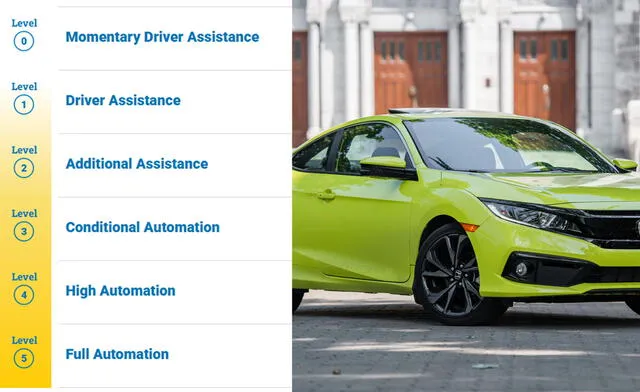What are autonomous vehicles and how do they work today?
These cars are advancing rapidly, integrating technology such as cameras, radar and AI software to operate without a driver

Autonomous vehicles are a revolutionary car technology that takes bigger steps in its development every year. Something we only saw in futuristic movies is now close to becoming possible, due to advanced research that increases the likelihood of seeing them on a daily basis.
There is a system that includes cameras, radar, lidar, and artificial intelligence software that allows the car to drive itself. These vehicles are gaining ground in the US, and big companies like Google are already using them for their Street View map on Google Earth. Learn how it works and how you can get one.
How do autonomous vehicles work?
As the name suggests, autonomous vehicles are (mostly) cars that move without a driver. They operate with a system that uses software to integrate different sensor programs. First, they use cameras around the car in various resolutions and sizes. These cameras provide a 360° view of the surroundings. They are equipped with sensors and trained to detect lane markers, colors, shapes, road signs, other vehicles, and pedestrians.
And when the cameras may fail, like in bad weather conditions, these cars also have radar systems to provide a more comprehensive view of the environment. The information is processed by their AI system, which is trained to improve the car’s decisions—such as stopping at a red light, respecting crosswalks, or letting ambulances pass.

The NHTSA divided the cars in six levels according to their automatic system and where they can be used. Photo: GLR Composition / NHTSA / Clavey's Corner
Are there traffic regulations for these cars?
The National Highway Traffic Safety Administration categorizes these cars into six levels. Level 0 includes models that require full human control, and Level 5 refers to full automation. Some companies, like Waymo and Cruise, are developing and testing Level 4 autonomous vehicles. However, the most common ones are Level 2 cars, which offer driver assistance features.
Some car prices start around $26,000, like the Honda Civic Sport. You can also buy a Tesla Model 3 for about $29,000. These cars are considered to be at Levels 2 and 3, due to their driving assistance capabilities, such as steering, accelerating, and braking automatically, and enabling autopilot on highways. Laws and regulations for this technology are still being developed, but the future looks promising.













